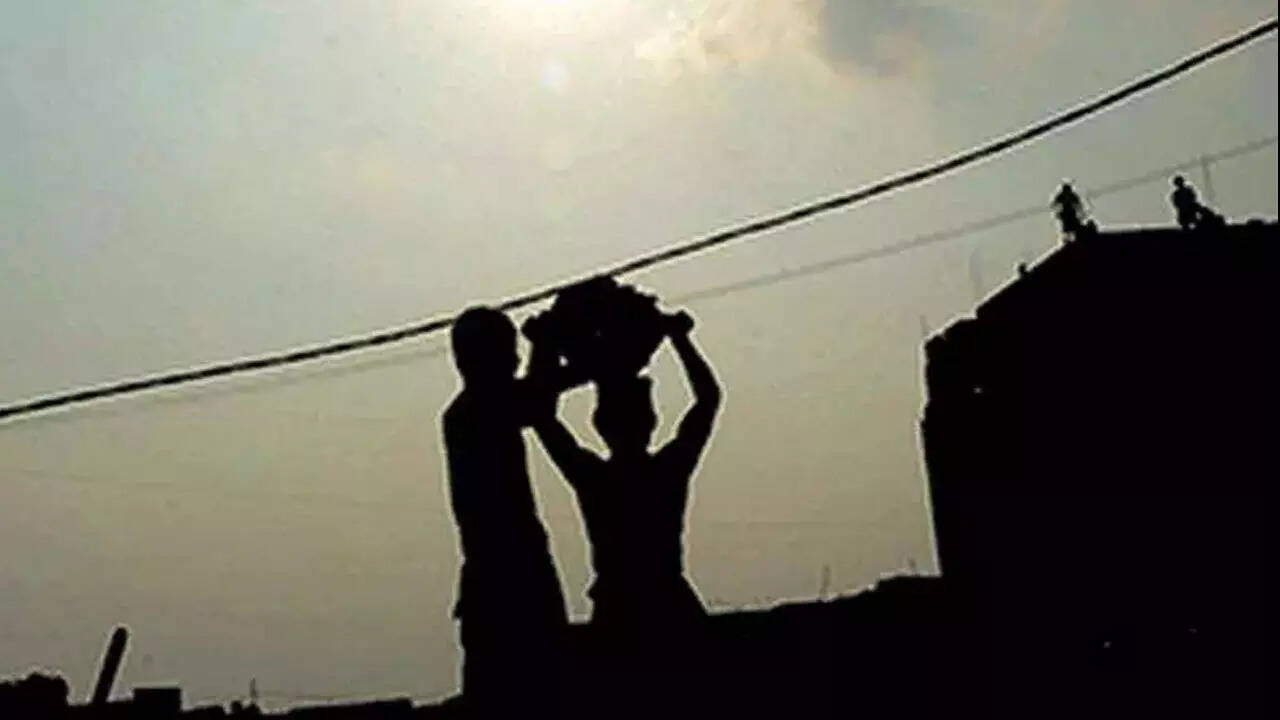
Work generation under the Mahatma Gandhi National Rural Employment Guarantee Act (MGNREGA) increased in May over the previous month as well as the year-ago period, bucking the trend seen in the previous months.
May 2021 saw the peak of the second wave of Covid-19 and hence demand as well as work generation under MGNREGA was high, but it was higher this May after witnessing a dip in April.
This could be a cause of concern for the government, which expected a significant fall in demand for work under the Centre’s flagship rural jobs scheme with rebound across other economic parameters. The government had pegged household work generation under MGNREGA in 2022-23 at 2.276 billion with a budgetary allocation of Rs 73,000 crore.
Data from the MGNREGA website showed that work provided to households under the scheme was 9.9% higher in May, at 24.4 million, compared to 22.2 million in May 2021, and 31.2% more than 18.6 million in April.
Work generated in terms of person-days under the scheme was 4.1% higher in May this year, at 386.9 million, compared to 371.6 million in May last year while the increase was 35.2% compared to 286.1 million in April.
A senior government official said this reflected uncertainty in the labour market despite a revival in other economic parameters. “A surge in demand for work and subsequent work generation in May, after a significant dip in April, clearly suggests the labour market is yet to stabilise,” said the official.
In the previous two years, the government had raised the allocation under the scheme at the ‘revised estimated’ stage to meet the higher demand.
However, experts said persistent high inflation and the rising cost of living could be a potential reason for the high demand and work generation under MGNREGA.